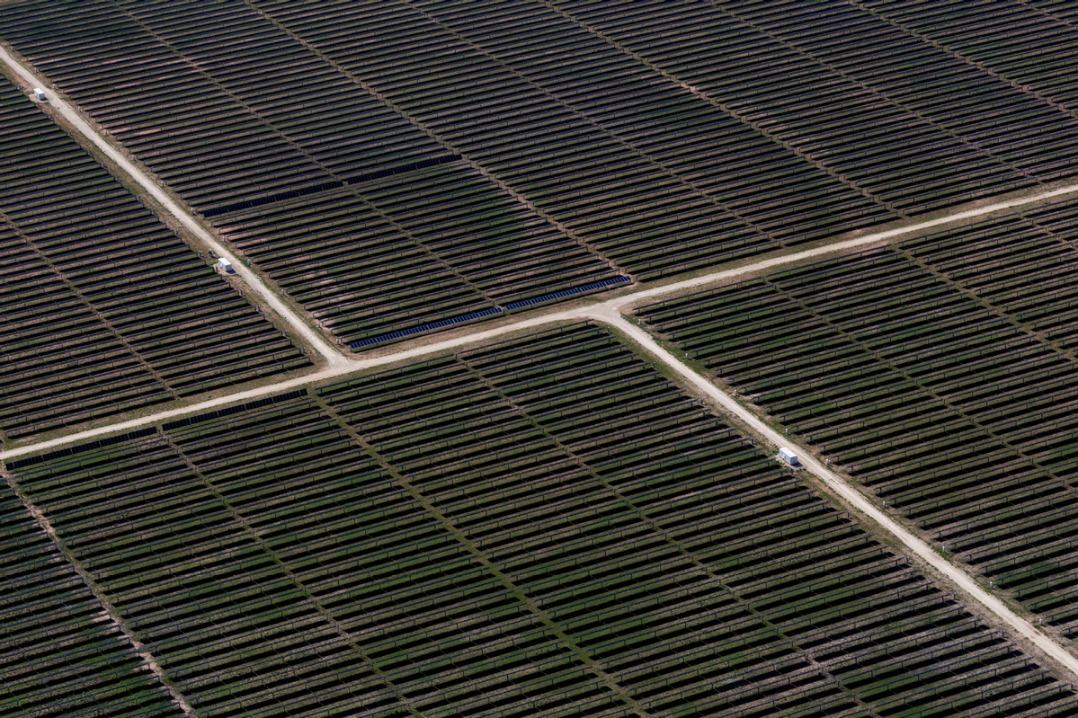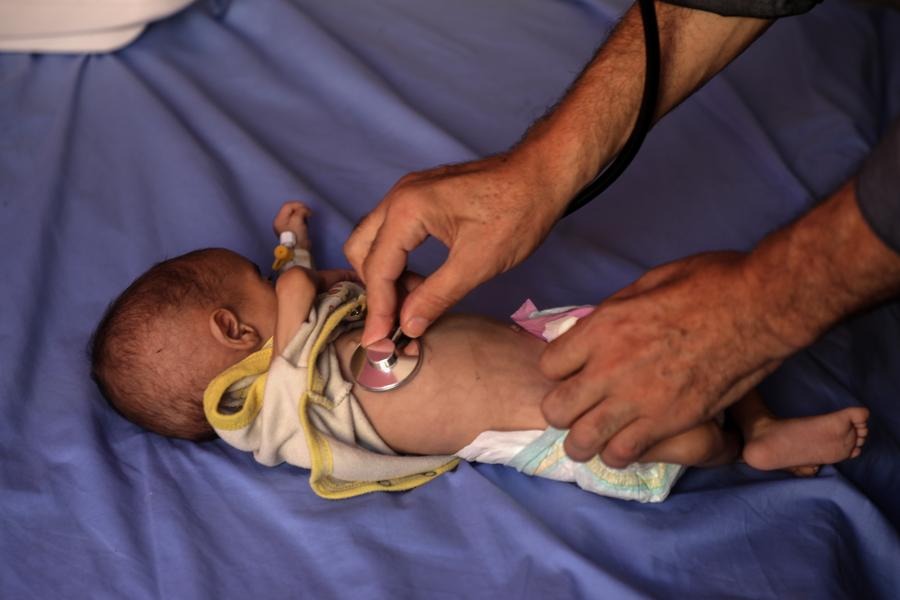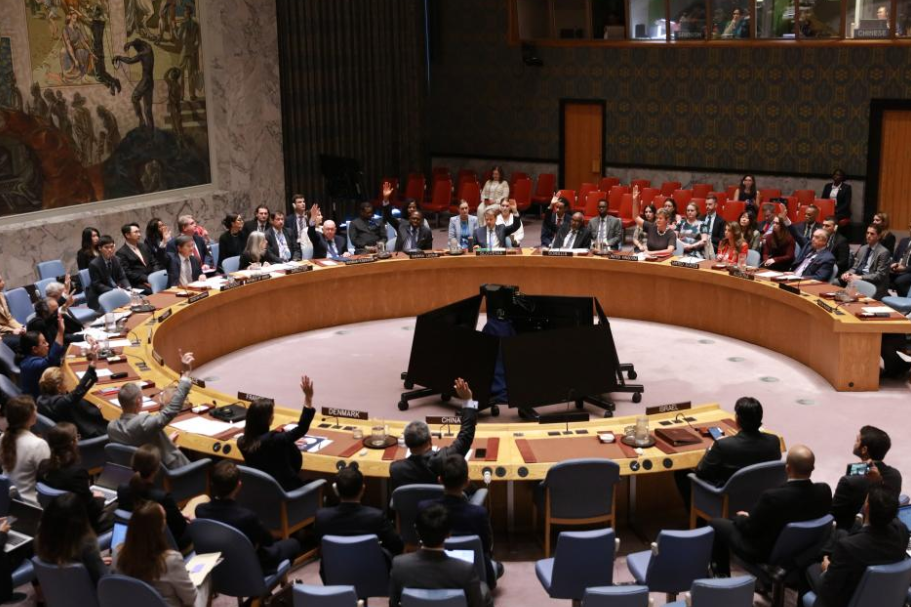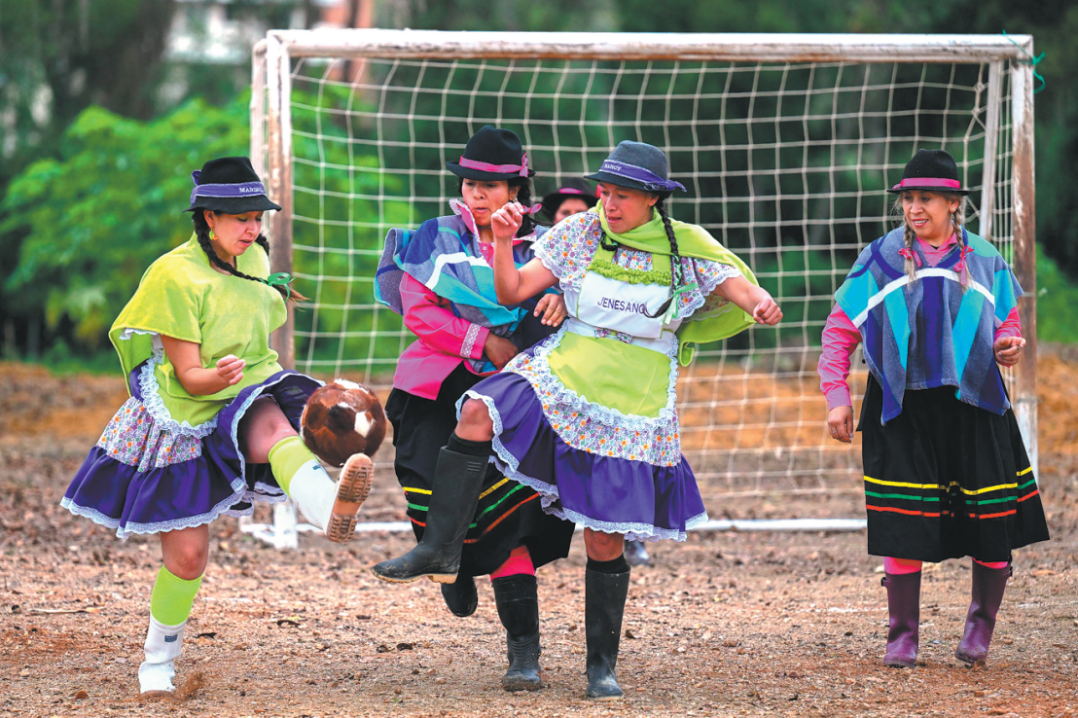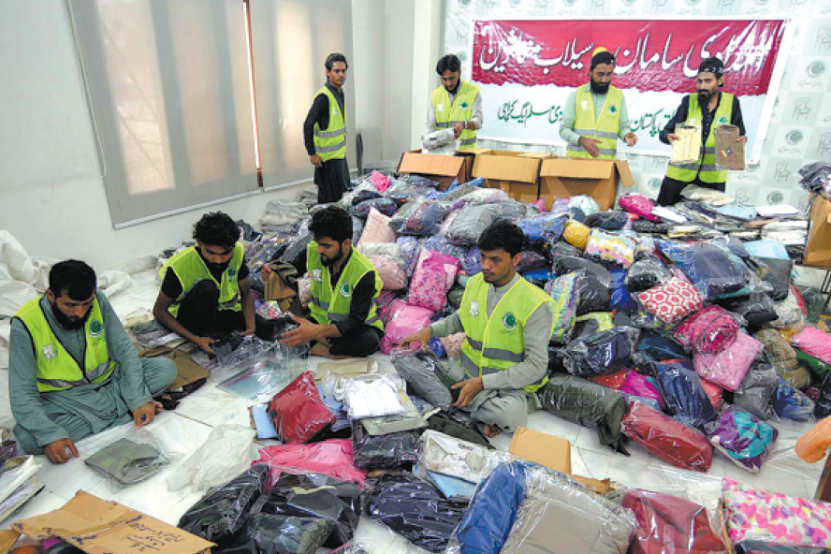Biodiversity and business: What can be learnt from the Sri Lankan tea industry

Biodiversity and historical developments in the tea industry
In its history of more than 2,500 years, Sri Lanka has been colonised by three European nations from the 16th century onwards; the Portuguese, Dutch, and British. The British, who occupied the whole island in 1815, pioneered the introduction of commercial level plantations to the country. They identified Sri Lankan climatic and geographical conditions as being well-suited for tea plantation. However, the establishment of plantations in the Central Highlands of Sri Lanka led to massive deforestation of the pristine mountain forests that had evolved over millions of years.
In the early years of the tea industry, biodiversity management was predominantly planned according to estate managers' personal views. Many estate managers tended to conserve flora, fauna, and species within their territories due to the cultural and religious traditions of the country that had influenced their behaviour. To some extent, there did exist certain regulations, but they were not scrupulously enforced or monitored. Therefore, until the 1990s, the preservation of biodiversity was not widespread among tea plantation companies.
The ratification of the Biodiversity Convention in 1994 was the turning point for the industry because the Convention resulted in focused government interventions in the industry. Along with 168 other countries, Sri Lanka developed an action plan to conserve biodiversity in line with the Biodiversity Convention.
From threat to opportunity
Sri Lanka's tea exports primarily focus on international markets, including Middle Eastern countries, Europe and Russia. Green-conscious customers in global markets are now keen to assess the environmental footprints of the products they consume. Sometimes, they are also willing to pay a premium price for environmentally accredited products. As a result, tea retailers in international markets had to produce evidence of sourcing tea from plantations that embrace environmentally-friendly practices, including biodiversity conservation. Such pressures cascaded rapidly through the tea value chain to manufacturing and plantation entities in Sri Lanka as well.
Responsible consumption decisions also enabled international retailers to charge a premium for biodiversity certified tea, and this also moved down to tea growers in Sri Lanka. These influences were clearly visible in the net sales average (NSA) prices secured at the Colombo Tea Auction, as brands with environmental certifications obtained considerably higher prices than did non-certified teas. For some international markets, certifications such as the Rainforest Alliance have gradually become entry requirements.
Furthermore, in Sri Lanka, central government and local government regulations have been tightened to conserve biodiversity and protect the environment, creating many changes in the business environments of tea plantation companies.
Due to the considerable monetary investments required to comply with regulations and obtain accreditation, tea plantation companies initially perceived sustainable tea production as a significant threat or risk. For instance, costs incurred for employee training to create awareness, modifications in commercial tea fields, and environmentally-friendly cultivation methods initially burdened these tea plantation companies. As a result, only a few plantation companies were eager to obtain green certification by changing their operational and managerial activities as specified in the biodiversity conservation guidelines.
However, in time, these companies were able to acquire considerable financial gains and access to new markets, justifying their move towards a greener and more biodiversity-friendly product. Other tea plantation companies joined the fray to embrace environmentally-friendly plantation practices and certifications by observing the benefits accruing to these first movers. Consequently, significant changes have occurred in tea plantation companies, particularly at the field level, to conserve biodiversity.
















